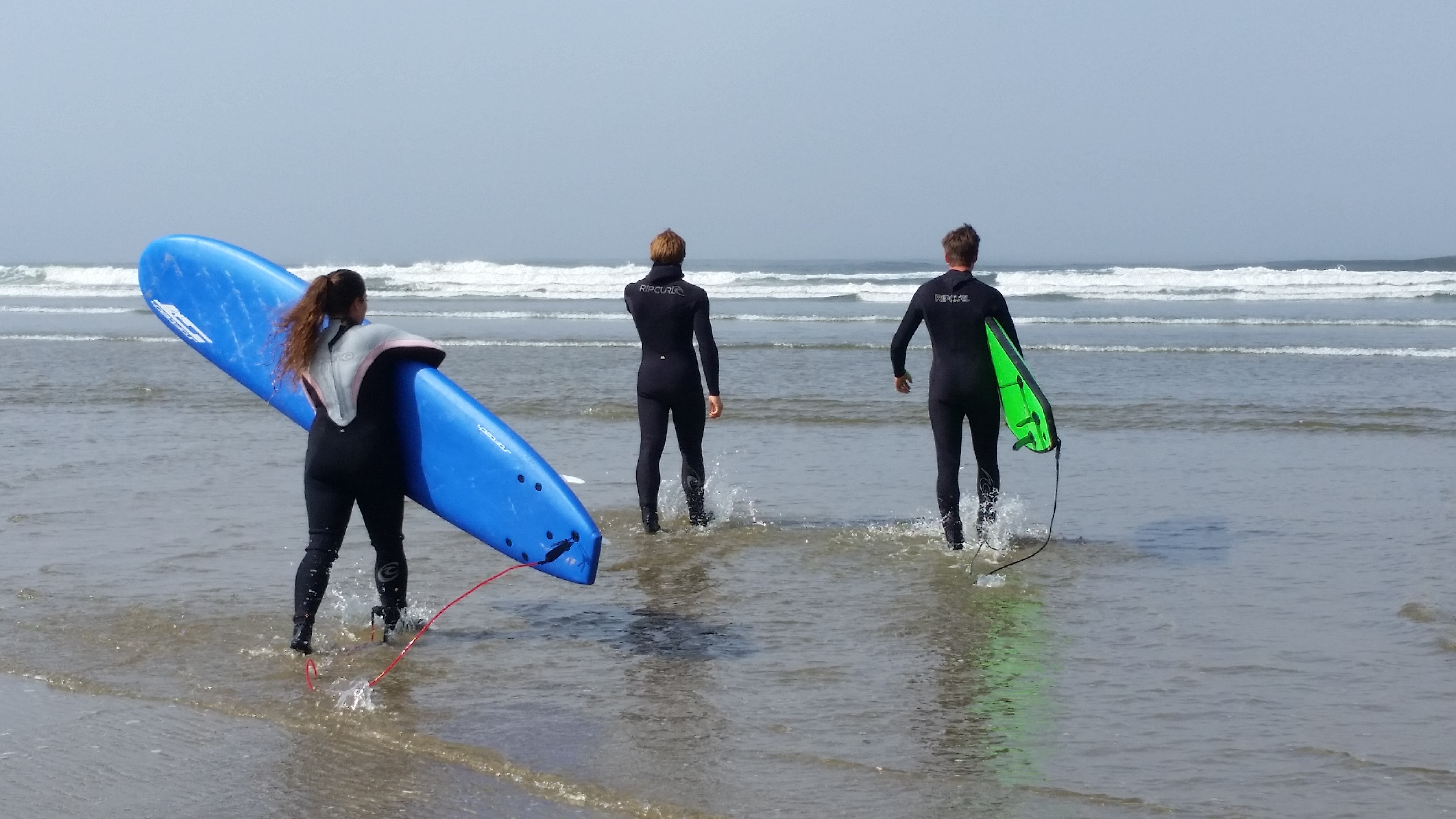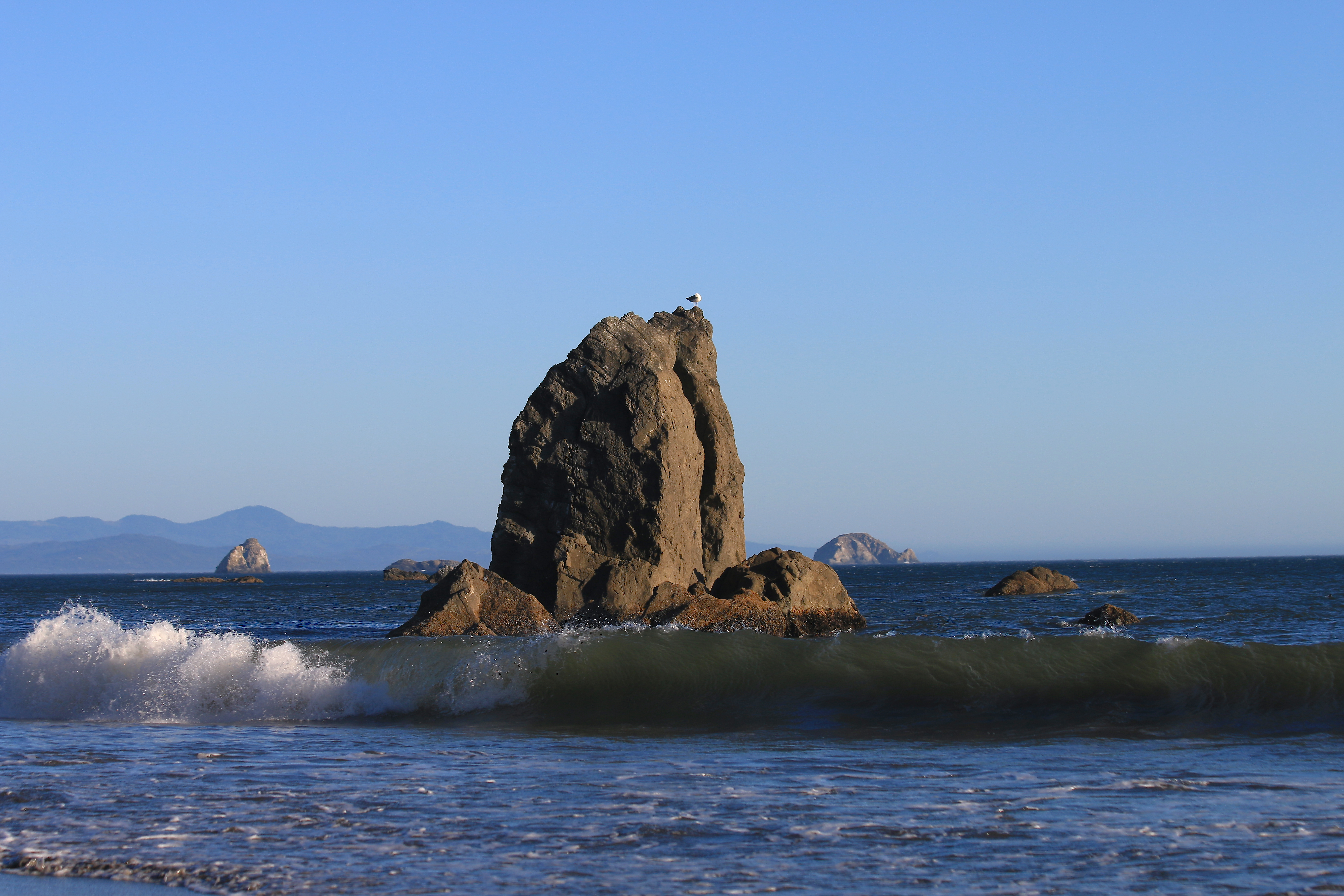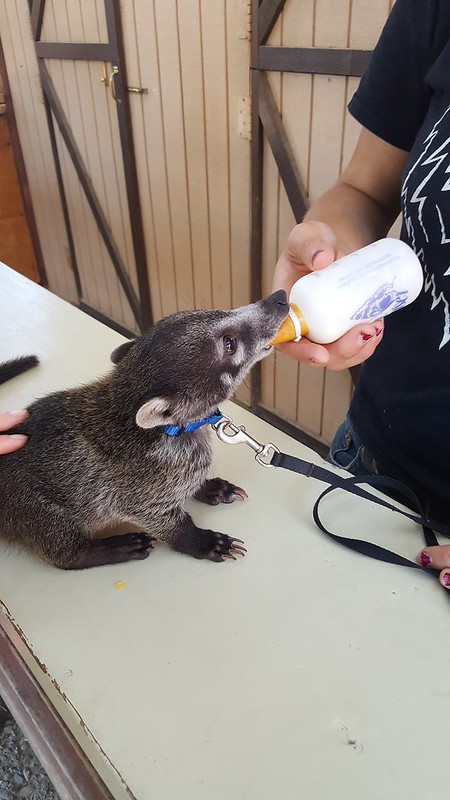This post is about plans. You know how this goes. The typical wisdom is that if you plan well for something, it will go well for you. If you don’t plan well for something, it won’t. Simple. And often this is exactly what happens. But sometimes more prominently in our minds are the episodes where we spend exorbitant amounts of time planning only to have the plans fall through. No amount of pre-effort could have precluded that result. Or the contrary episodes where we do no planning at all and something turns out beautifully. I’m thinking of you, impromptu camping trip to Washburne State Park. I have been thinking about plans a lot lately and would like to share with you a few episodes from this the last few months of this fellowship.
Bad Planning, Bad End – Interviews: In an effort to end this post on a good note, let’s start with the bad endings. One of the projects I am helping with as a fellow is a report about how NOAA does or could incorporate Indigenous and Local Ecological Knowledge (ILEK) into its scientific programs. To form this report, the team is using methods that hark back to my master’s thesis – interviews. We divvied up a list of NOAA employees who work in ILEK to interview about our numerous research questions. I took my list of 6 and promptly e-mailed them all to set up meeting times. I was new to the team and wanted to meet the deadlines for interviewing. But really, I should have taken the time to prepare for them. I didn’t know who I was calling, what they did, where they are located in the country or anything about their capacity to answer our questions. I took at face value that they would know what I was talking about. The result is that I asked people who did not work in ILEK to tell me about their work in ILEK. I suggested a time for a call that was perfectly acceptable in DC but offensively early for a person who works in Hawaii. I asked to be referred to my interviewee, mispronouncing her name and then accidentally hanging up on her. The strange lesson I learned here is that when on a tight deadline, on time does not necessarily mean that the project is done right or well. Before you discount the report that will come out, I must reassure you that these blunders were all pre-interview and really only made me look foolish. The interaction and exchanges with these experts were fulfilling and enlightening and will contribute a lot of wisdom nuggets to the final report. I just think that with a little more planning, I, and my interviewees, could have gotten a lot more out of these interactions.
Good Planning, Less than Satisfying End – Newsletter: One of the first projects I was given when I arrived was to produce a quarterly newsletter referencing and highlighting the science done on protected species throughout the NOAA Fisheries regions. This was meant to be a quick win for the new Fellow. It had the higher ups behind it and the infrastructure in place for me to easily collect the publications. We formed a communications review and distribution plan for the newsletter and by the end of my second month (March), a draft of the first issue was ready. We then went through all of the steps for approval to distribute and that is where the best laid communications plan led to a bunch of hiccups. These hiccups, as in human physiology, were beyond our control, and we used all of the methods to relive ourselves of them – eating peanut butter (stress eating), scaring ourselves (what if it never gets out?!), drinking water upside down (flipping the angle and trying a different route). Long story of frustrations short, five months and a new name later, the science newsletter was distributed last week. But rather than the feeling of a quick win and, wow look what a fellow can contribute, it was more like the feeling you have when you finally get through a door by realizing that it was a pull and not a push. You’re through the door but it was a lot more trouble than it was worth. To get a little T.S. Eliot – Not with a bang, but a whimper. The lesson to be learned from this is the same that we learn over and over when our best plans do not lead to the end we want: change the things you can, accept the things you can’t, know the difference. Thanks Serenity Prayer.
Less than Normal Planning, Beautiful Ending – Wedding: If you know me, you probably know I got married July 10! Now I’m not going to say I didn’t plan for my wedding day, because I did. Quite a bit. But as I evaluated throughout, it seemed like I was doing a lot less planning than my friends who have gotten married and definitely way below what the two bridal magazines I owned suggested. Part of this was me never having dreamed of a perfect wedding. And part of this was due to the largest details depending on a small permission from the US government for now husband to join me in the US. This meant that our planning timeline strongly diverged from the “norm” and that we did not dedicate as much time as the “typical” couple to planning. I most certainly did not Bridezilla on anyone (I think – feel free to disagree). But when the day came and we rehearsed the morning of the ceremony (and the musicians rehearsed two hours before the ceremony), everything came together beautifully. Most of our loved ones were there to share with us, it didn’t rain, no one got hurt, and at the end of the day, Husband and I were married. Enjoy the artsy picture of all of us having a wonderful day. What do I learn from this? I learn that having relaxed expectations (as expressed in my lack of planning) can lead to an extraordinary time. I also learned that my mom really planned most of that spectacular day. Thanks Mom.

Good Planning, Good End – St. Croix: Actually, another reason I may have been lax in planning for wedding was because I was spending quite a bit of time planning for a field work trip to St. Croix just two weeks before that day. Part of my professional development plan as a Knauss Fellow included getting some protected species field work experience. So back in April, I blasted e-mails to all of the NOAA scientists I knew doing protected species research this year to see if any of them could use an extra pair of hands and eyes for a week. Only three people responded and only one fit my timeline so it was fairly easy to decide to visit Dr. Kelly Stewart and her team monitoring and researching nesting and hatching leatherback sea turtles. In the Caribbean. Some days it’s tough to be a marine biologist. So leading up to this trip I was in communication with Kelly about what to bring, how to prepare, reading her papers, getting up on the methods so that I didn’t make a fool out of myself when I got in the field. I wanted to be useful. I wanted to prove my mettle. And it worked out for me. My first three nights there, I accompanied the team on night patrol. That is, 7:30 pm to 5:00 am patrolling the beach and looking for nesting mamas and/or emerging hatchlings. My first night out, I was rewarded by the most outstanding vision of a leatherback sea turtle I could possibly hope for. With the backdrop of a passing lightning storm, I saw the largest leatherback to nest on this beach. She measures 5’8″, which coincidentally is my own height, and has been coming to this beach to nest since at least 1996. The field team had dubbed her Fiona, named for the Shrek ogress. I scanned her for PIT tags, helped note scars, took down the time, saw her eggs the size of billiard balls and then watched as she suffered back into her preferred environment, the sea. Incredible.
My last few days, I accompanied the early squad which patrols the beach at sunset looking for emerging hatchlings and marking upcoming nests. I got to see a “boil” – where the sand bubbles and then out pop dozens of baby sea turtles. I helped collect them to take DNA samples for later lab work and then helped to carry the sampled babies to a more amenable beach for release. The reward here was that several times during that week I had a bucket of hatchlings in my lap looking something like this.

Again. Incredible. The lesson? The best laid plans can and do turn out to deliver beyond your wildest expectations for an event. So maybe we should keep laying our best laid plans while continuing our agility training to flexibly respond when we need to.
Future plans: Like I said, I’ve been thinking about plans a lot lately. I am mid-way through this fellowship and a very frequent question is: what are your plans for after? Contemplating plans, how well should I lay them? How fixed should I make them? How much flexibility into them? Just in the last few months, I have experienced good plans go well, good plans go poorly, bad plans go poorly and bad plans go well. Maybe the take away is: Do plan. Don’t worry. Be flexible. Enjoy. But I’m open to suggestions.
















